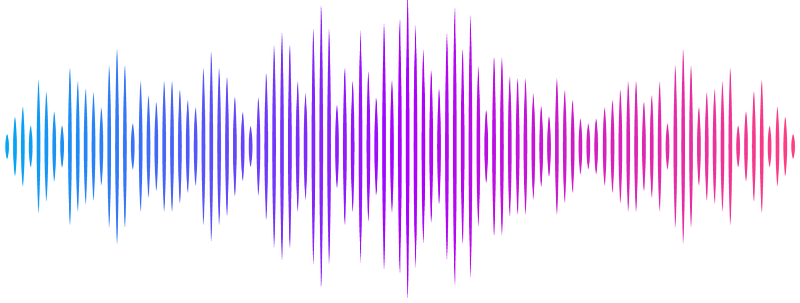Cellular Dynamics Upon Immune Checkpoint Inhibition

Cellular Dynamics Upon Immune Checkpoint Inhibition
Lin, Z.; Petrenko, E.; Chandra, M.; Srinivas, N.; Ugurel, S.; Becker, J.; Aran, D.
AbstractImmune checkpoint inhibitors (ICIs) have revolutionized cancer treatment, still most patients experience limited or no clinical benefit. The immune component dynamics during treatment and how it correlated with treatment efficacy remained largely known. We hypothesize that understanding the modulation dynamics of the TME upon ICI treatment would be key to elucidate the mechanisms of response and resistance. To systematically characterize these dynamics, we aggregated a large-scale single-cell RNA-sequencing (scRNA-seq) dataset of 141 patients across multiple cancer types and ICI treatment modalities, with longitudinally paired samples. We developed a robust, integration-free, and cluster-free deep phenotyping framework, leveraging multiple pan-cancer references to annotate 876,410 high-quality cells into 80 granular cell states. Our analysis revealed consistent compositional changes in 17 cell subtypes following ICI treatment, including an enhanced adaptive immune response such as CD8+ IL7R+ central memory T cells, GZMK+ effector memory T cells, germinal center B cells, precursor exhausted T cells, and CD4+ TfhTh1 cells, accompanied by a broad reduction in interferon responsive immune cells quiescent CD4+CREM- memory T cells. We uncovered co-regulated cell communities within the TME, highlighting the coordinated interplay between adaptive and innate immune cells, as well as immune and non-immune components. Furthermore, we identified two distinct patient groups exhibiting tightly correlated cellular dynamics within the TME post-treatment. The first group, enriched for responders, displayed a marked expansion of naive lymphocytes, while the second group, predominantly composed of non-responders, showed an increased abundance of immune experienced/suppressive cell states. This dichotomy in TME dynamics offers a potential predictive biomarker for patient stratification and personalized therapeutic strategies. Our study presents a comprehensive landscape of the cellular dynamics within the TME during ICI treatment, enabled by a powerful deep phenotyping approach showcasing the importance of a systems-level understanding of the TME dynamics in improving patient stratification and advancing personalized cancer immunotherapy.


